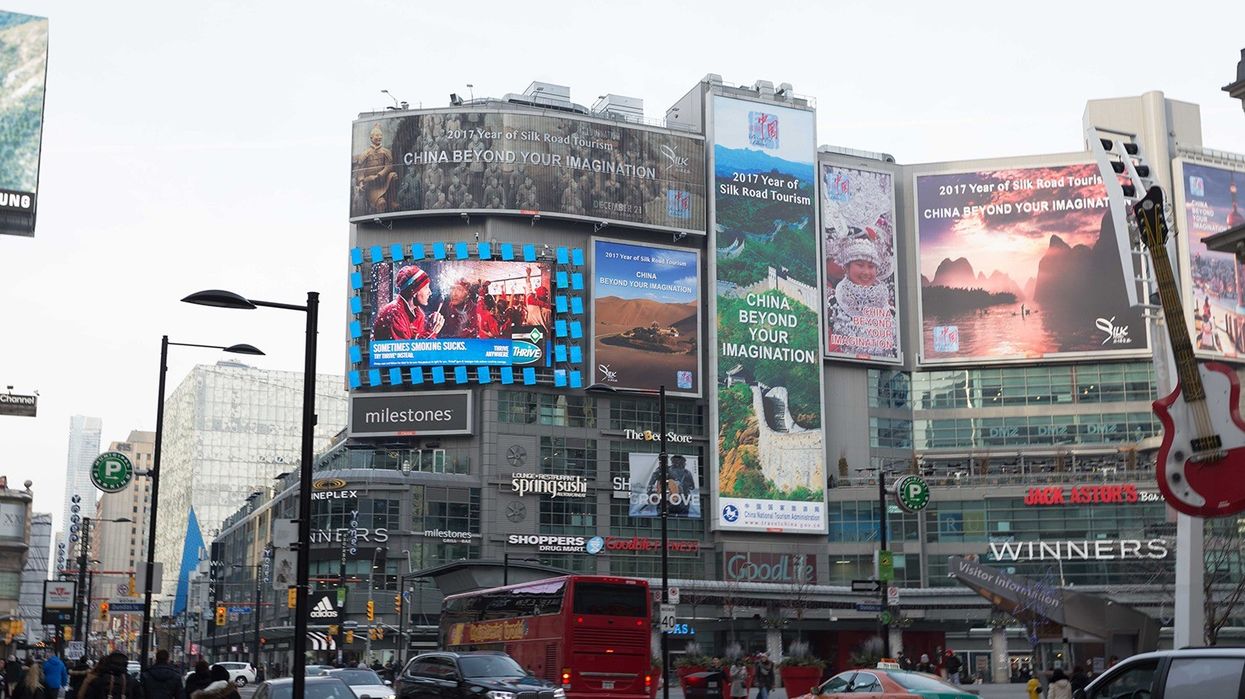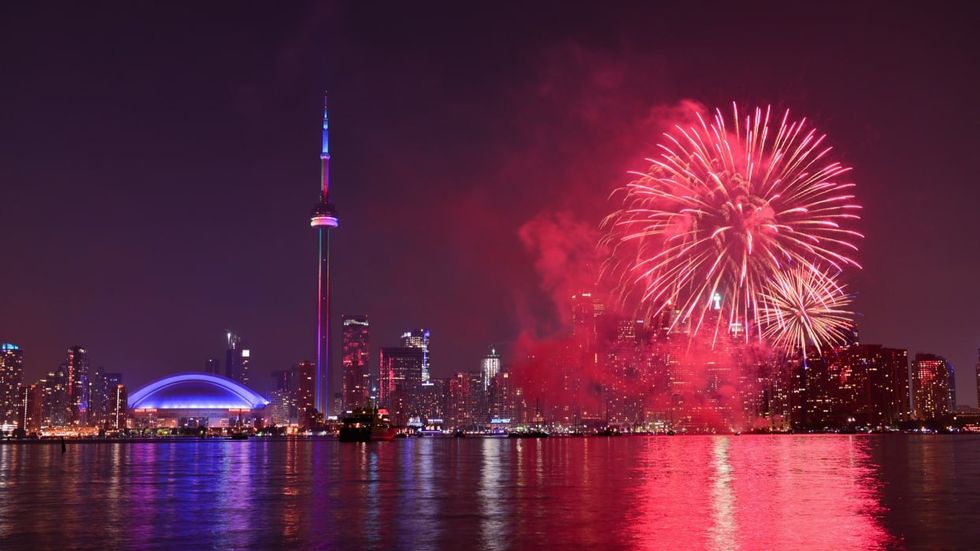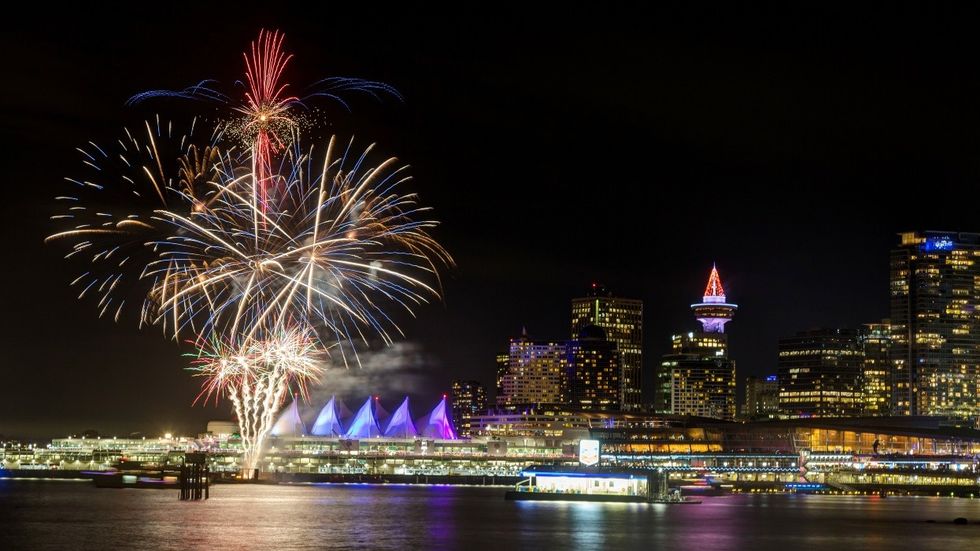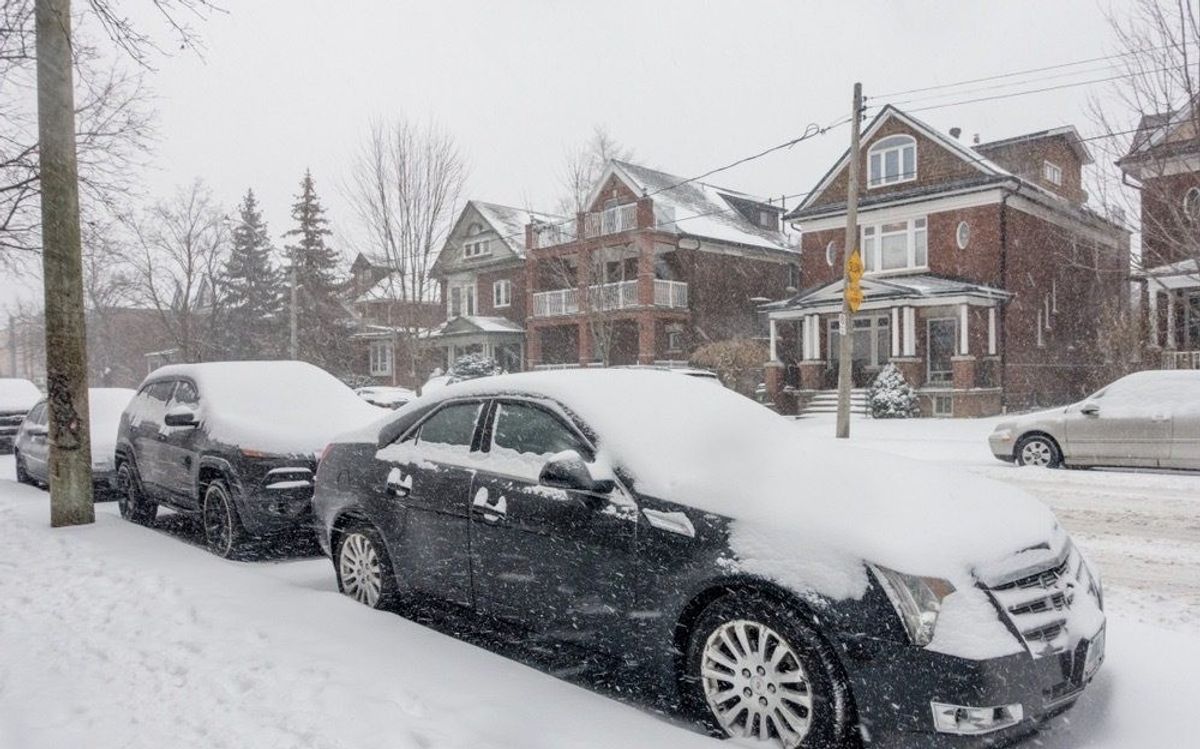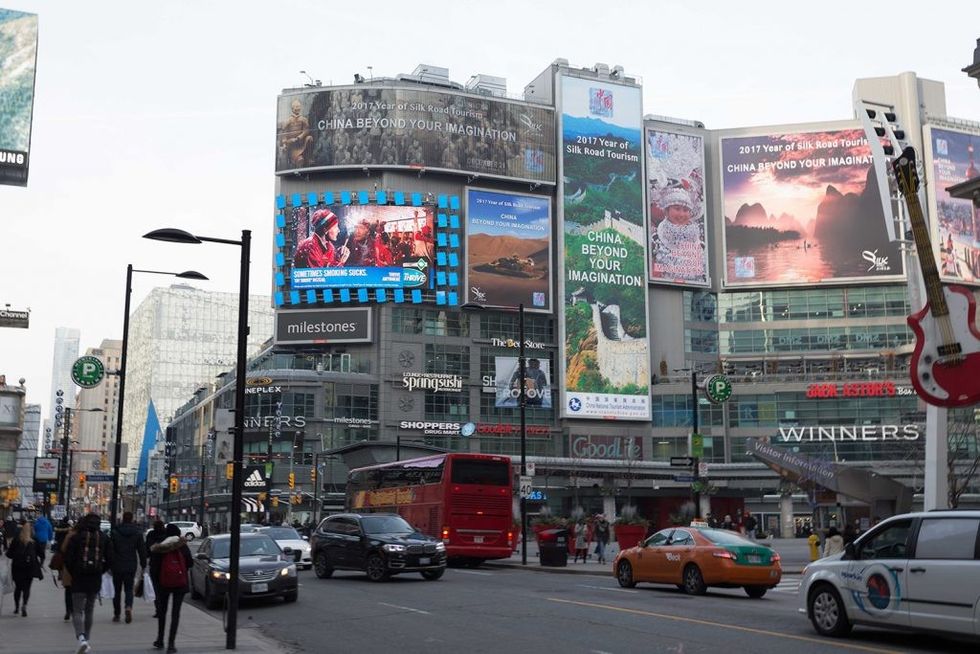
Toronto is blessed with more than its share of urban activists.
Roundabout the time David Miller was running for mayor in the early 2000s, a subculture of Toronto boosters began to sprout up, and they’ve been multiplying steadily ever since.
For them, Toronto is not perfect, but perfectible, and well worth perfecting. With their rise, the comparisons with other cities — typified by Peter Ustinov’s description of ours in 1987 as New York run by the Swiss — began to fade from public discourse, as Toronto was increasingly seen as sui generis, its own city, developing in its own way. And like any movement, it created its own crop of spokespeople. Edward Keenan became the stereotype-busting optimist’s eye on City Hall, Shawn Micallef has made a career out of psychogeography — walking around the city just soaking it up — and pedestrian issues have found their voice in Dylan Reid.

But perhaps the most remarkable urbanist of them all has been Gary Switzer of MOD Developments, and the man behind two major developments on Yonge Street.
Though it’s obvious the entire city has been affected by the decade-old condo boom, Yonge Street is being utterly transformed by it. By the time all the towers are up, city councillor Kristyn Wong-Tam, whose ward includes Yonge between Davenport and Queen, says that tens of thousands of people will be living on and above the street that until recently was best known for its head shops, strip clubs and Friday night parades of boys in their first cars.
It was to discuss this radical transmogrification of the city’s biggest commercial street into some new kind of residential neighbourhood that a panel of eight urbanists gathered recently at Ryerson’s new Student Learning Centre at Yonge and Gould streets. Though Councillor Wong-Tam, the city’s chief planner Jennifer Keesmaat, and Mark Garner, the head of the Downtown Yonge Business Improvement Area all spoke that night, Switzer’s voice stood out for its lack of pretense and illusion as much as for its passion.
“I think potentially it can be a lot better than it is today,” he told Toronto Storeys after the event. Within two blocks of his 597-unit development at 5 St. Joseph, which includes several Yonge Street storefronts, “there’s probably five cheque-cashing stores.”
As far as Switzer is concerned, a street is only as good as the shops that line it. He remembers the Yonge Street of his youth, in the 1960s, as a collection of cinemas like the Coronet, record stores like A&A, and music venues like the Friar’s Tavern. And though others on the panel discussed Yonge’s future using abstract terms like “bold” and “innovative” and talked about the value of public space with benches and wide sidewalks, it seems they agreed with him: Whenever they brought up their own memories, they invariably talked about shops and clubs.
“I try to not pretend,” Switzer says. “This isn’t Paris, this isn't Barcelona. We don’t have to look that far. All we have to do is look at other streets in Toronto that are very successful streets to be on — Queen West, College Street, King West, the Danforth — these are all streets people want to be on. They’re packed, and it’s not because of benches.”
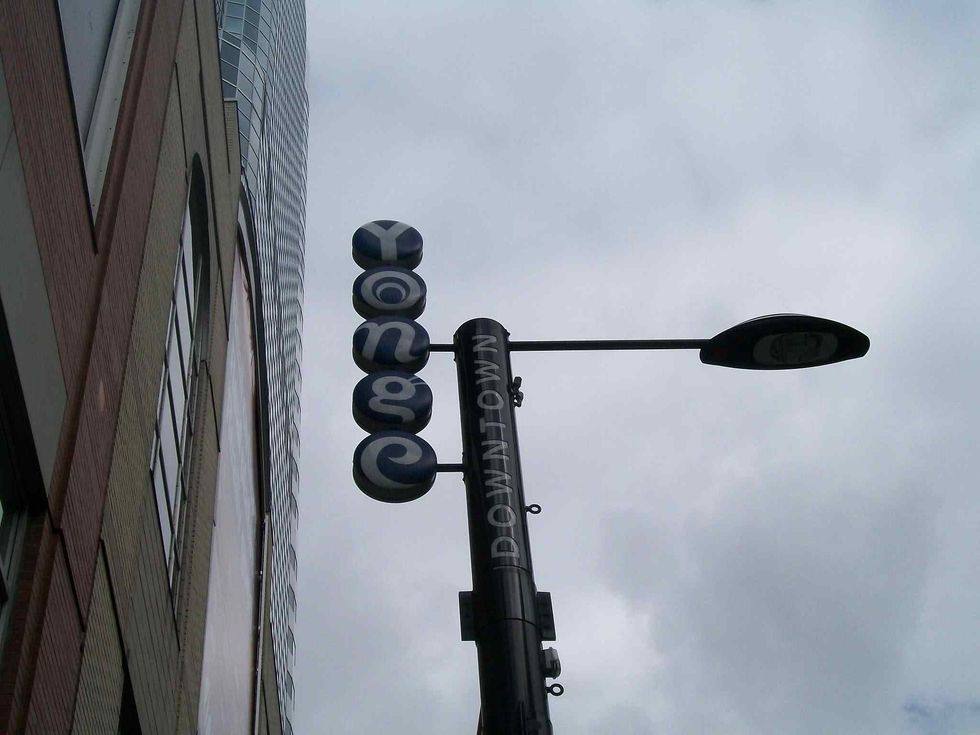
The under-discussed fact of the matter is, however, that the city has practically no control over what shop opens where. They can set out benches and declare street off-limits to cars, set limits on how high a tower is, or how close one is to another, but when it comes to the streetscape itself, the part people actually move through and care about, the final and only say is the landlord’s, and increasingly on Yonge Street, those landlords are developers. So though the city may have bold and innovative plans for Yonge, the Yonge Street of 2020 and 2030, and in all likelihood well beyond that, is being built and will continue to be composed by Switzer and his colleagues.
“I’ve often thought that when all the movie theatres closed, one of the biggest hits was the effect on the retail,” he says.
He doesn’t want Yonge and Wellesley or Yonge and Gerrard to end up like Yonge and St Clair, which lost its cinemas and bookstores, wasn’t able to come up with an alternative, and has been withering on the vine ever since.
“There’s the vitality that is missing when you don’t have the mix of uses. It would be nice if that mix could continue on Yonge downtown in a modern way. Obviously the 3,000-seat movie theatres are not coming back but there are other forms of entertainment that give that vitality.”
His prediction is that, given the size of the condos he and the other developers are building, they will at first and for some time be occupied mostly by singles and young couples, which happen to be the people most likely to eat out.
Though Toronto has recently caught up to Montreal in the quality of its best restaurants, it still lags far behind in how important a role restaurants play in day-to-day life. Switzer sees the new Yonge scene as a much larger version of what you’ll see any weeknight in Montreal’s Plateau or Mile X. City planners often talk about making public spaces into tower-dwellers’ living rooms. Switzer is more interested in making restaurants into their kitchens and dining rooms. For his part, he brought Wickson Social into 5 St. Joseph St., and though his other Yonge Street project, Massey Tower, has only reached its 14th floor, he’s got similar hopes for the 1905 CIBC building at its base (he’s already building extra space in the back for Massey Hall).
“It is something that the city has wanted ever since they redid the central area plan in the 1970s, which was to encourage residential development downtown,” Switzer says. “At the time, people were thinking, why would anybody want to live on Bay Street, never mind Yonge Street. I think it’s already succeeded beyond anyone’s expectations. It’s helped make our downtown as vital and as active as it is today. The more people are living there, the more services they need, the more activity there is on the streets.
“It all goes back to Jane Jacobs, you have to a mix of uses to have a successful city,” he says. “The city is concerned about height and massings and setbacks and heritage preservation, but when the buildings are finished, as long as they have good retail, we’ll all be fine.”
